Dog euthanasia costs are something no pet owner wants to think about, but understanding the process early helps when the time comes. Veterinarian and pet euthanasia expert, Audrey Harvey, steps us through what to expect.

Audrey Harvey has been a vet northside of Brisbane for 35 years and has operated Rainbow Bridge In Home Pet Euthanasia for over four years. She has worked with many dogs, cats, birds, rats and guinea pigs over the years.
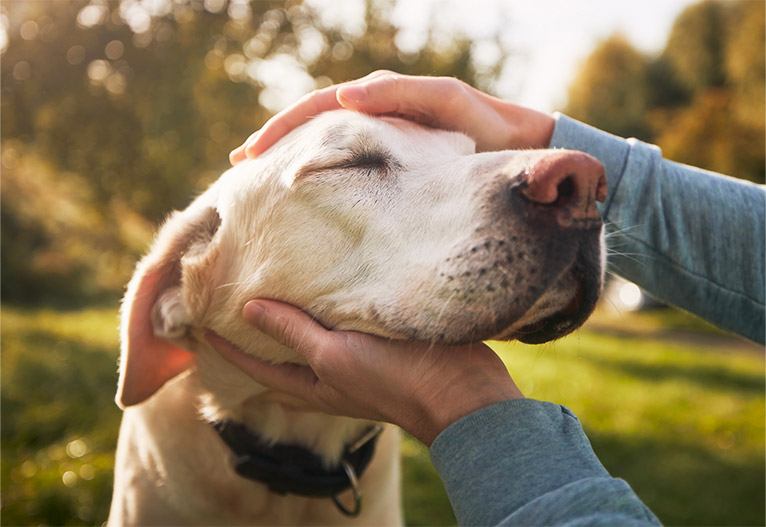
If you share your life with a pet, you are inevitably faced with their loss; dogs and cats just don’t live as long as we do. Some pets pass naturally but it’s common for pet owners to have to decide to euthanase their beloved companion.
Having an understanding of the costs and processes associated with euthanasia can take some of the stress away from this difficult time.
Dog euthanasia costs
In Australia, you have the choice between in-clinic and in-home euthanasia processes. Here’s a closer look at what’s involved for each option and the associated costs.
In-clinic euthanasia
- Approximate cost in Australia: $150 – $500
A common option for euthanasia is to take your pet to your regular veterinary clinic. The euthanasia will be performed in a consulting room, although some clinics have a dedicated space for euthanasia which is a little more comfortable and less clinical. You can be present for the euthanasia but if you would rather not, your pet can be left with the staff. They will care gently for them as they are put to sleep.
If you want to bury your dog, cat or bird at home, you can take them with you after they have passed. Alternatively, you can leave them with the veterinary staff for cremation.
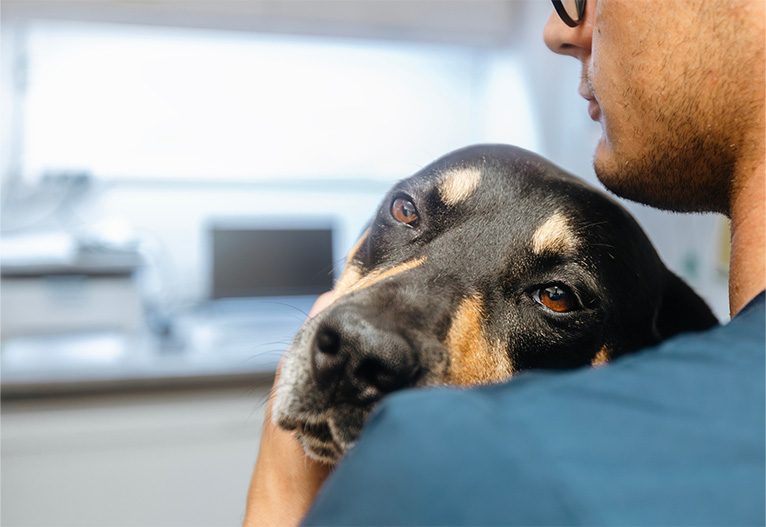
In-home euthanasia
- Approximate cost in Australia: $450 – $700
Some people prefer to have their pet euthanased at home and there are advantages to this. One is that your pet can go to sleep in a familiar place and can lie in a favourite spot such as their bed, the couch or under a favourite tree. Also, you can have as many people around you for support as you need.
A third advantage is that your pet won’t become stressed by a car ride to a vet clinic. Most animals don’t enjoy visiting the vet, and cats in particular find it particularly stressful.
You can expect that an in-home euthanasia will cost more than an in-clinic procedure.
Factors that affect dog euthanasia costs:
- The size of your pet. Like any veterinary treatment, larger pets require more medication to sedate them and help them to pass.
- The time of your appointment. If you need an evening appointment, you may need to go to an after-hours hospital or find a home visit vet available at these times. You can expect an after-hours appointment to cost more than a business-hours visit.
- Your location. If you choose at-home euthanasia, costs may be higher if your vet has a long way to travel.
The euthanasia process

Injection method
The word “euthanasia” means “peaceful death” and this is what we hope to give our pets at the end of their lives. Veterinarians use different techniques to achieve this, but most begin by giving your pet a sedative injection to help it relax and fall asleep.
The sedative injection is followed by the final medication which is essentially an overdose of a general anaesthetic. Your pet’s sleep will get deeper and they will pass away in just a few moments.
There are several ways of administering this medication and this will be decided by you and your vet and influenced by your pet’s condition. In most circumstances, it is given by intravenous injection but there are alternatives for debilitated or dehydrated animals where placing an IV cannula may be difficult.
Chat with your vet about their procedures so you know what to expect and you aren’t wondering what is going to happen to the animal you love so much.
Time required
The euthanasia process doesn’t take long, usually only 15 to 20 minutes. If you need a little time between sedation and that final injection to sit with your pet and gather your thoughts, that’s absolutely fine. Let your vet know what you need and they will accommodate that.
Additional services and their costs
When your pet has passed, there is the question of how to care for them afterwards, and the costs can vary wildly.
At-home burial
If you choose to bury at home, there are no specific costs. Your local council will be able to advise about how deep you need to bury them.
Some people create a memorial area for their dog or cat, with a plant, a seat and perhaps a candle or carved stone. Others choose a special location for them, perhaps a favourite spot overlooking the dam.
Group cremation
If home burial isn’t an option, you can choose to have your pet cremated. The most affordable option is group cremation, where your pet is cremated with other beloved animals. Rest assured, it is still treated with great dignity.
In this case, your pet’s ashes are scattered by the crematorium, so you won’t receive the ashes back.
Private cremation
If you do want your pet’s ashes returned to you, the choices are many. A basic cremation involves the return of your pet’s ashes in a plain storage container or urn with a certificate of private cremation.
From there, you can spend any amount of money on memorial products. These include urns, timber boxes with space for photographs, garden ornaments to hold ashes, jewellery for you to keep your pet close to your heart and even paw castings.
Costs for private cremation can range from hundreds of dollars to a thousand dollars or more, depending on memorial choices. Some people opt for a basic cremation service to get their pet’s ashes home, then either scatter the ashes in a special place or upgrade the urn later when finances permit.

How to choose the right euthanasia option for your pet
Everyone will choose something different for their pet and their family when it comes to end-of-life care. This is often based on beliefs, finances and, in many cases, previous experiences around death and funerals.
It’s important that you have given some thought to your preferences and had a discussion with your family before the time comes to decide on an end-of-life option for your much-loved companion.
These are some things you need to consider:
- Where will the euthanasia take place? Do you want to take your pet to your vet clinic or would you prefer a mobile vet coming to your home to put them to sleep?
- Who do you want to be present? Who will support you at such a painful time? This is a particularly relevant question when it comes to children. Some young people understand while others feel too distressed to be there.
- When will euthanasia occur? Do you need to time it for when your support people are available? Would you prefer it to happen during school hours so young children are not present?
- Where is your pet going to go to sleep? Sometimes, we can have the best plans for them to lie comfortably on the couch but they choose to stretch out on the cold tiles. Remember, this time about your pet, so let their needs guide you.
- What are your aftercare preferences? Which crematorium service do you want to care for them? Will you arrange for the crematorium to come to your home to collect them or would you prefer your vet to take them for aftercare?
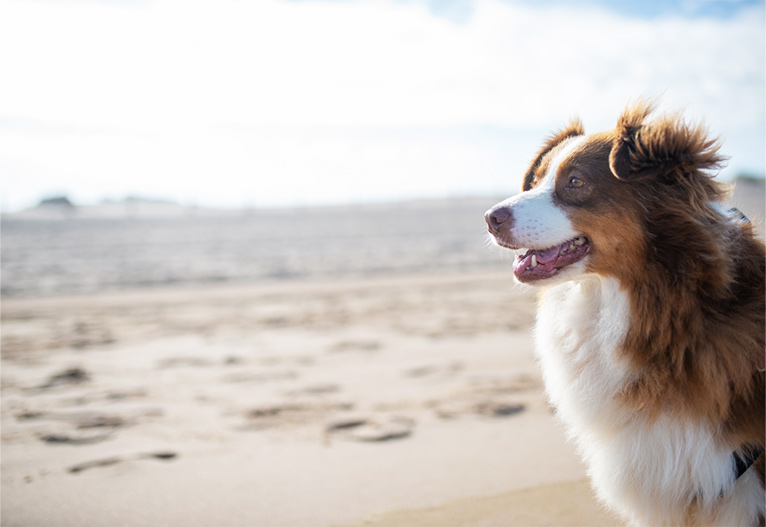
Planning ahead is difficult but worthwhile
When you share your days with a much-loved pet, it’s so very hard to think about the time when you may need to say goodbye. It’s such a painful time and anticipatory grief is real.
Despite that, it’s a very good idea to have some thoughts and discussion about the choices you need to make around this time. It will take a little of the pressure off, knowing that you’ve made these decisions and you can focus on your loved one as they approach the end of their life.
Do you have experience with pet euthanasia? What advice would you give others considering the process?


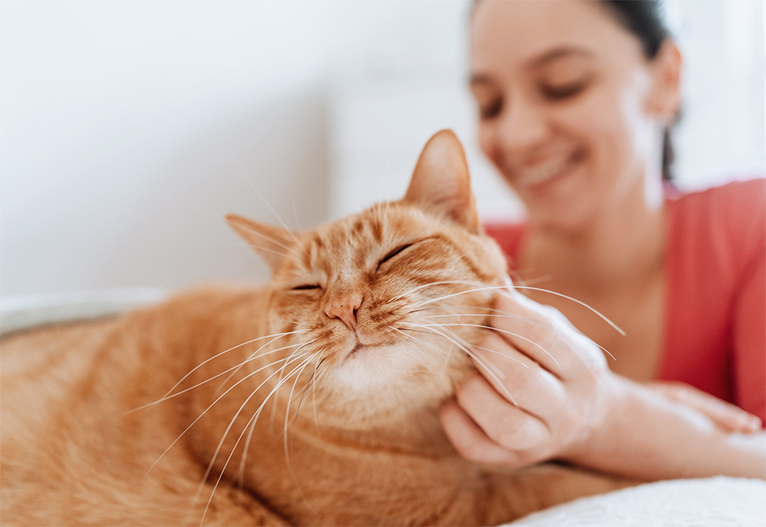


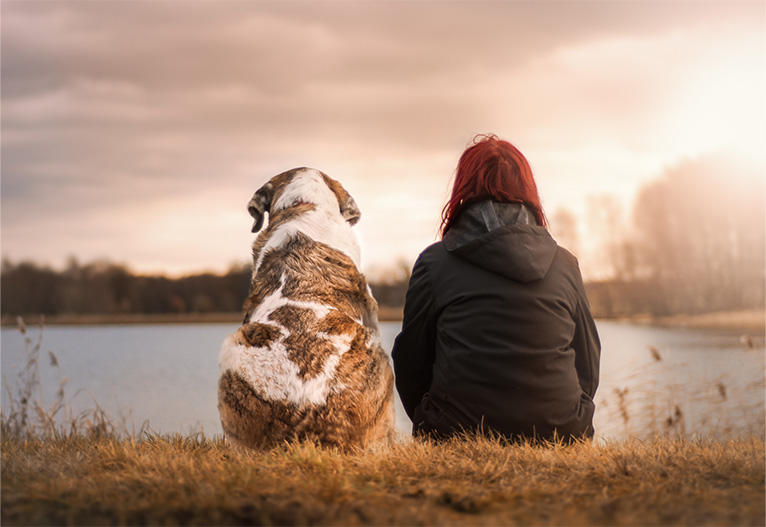


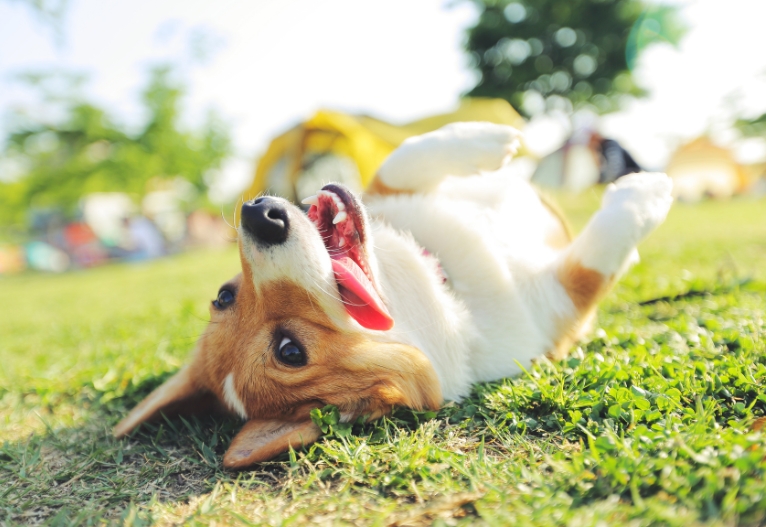
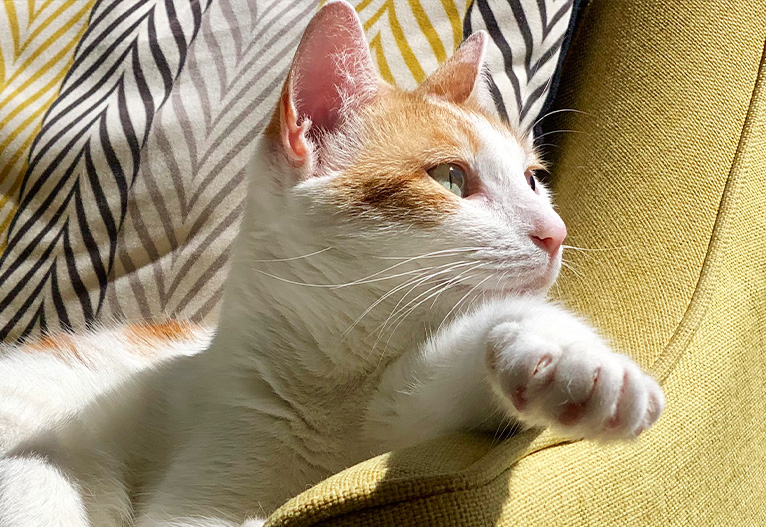
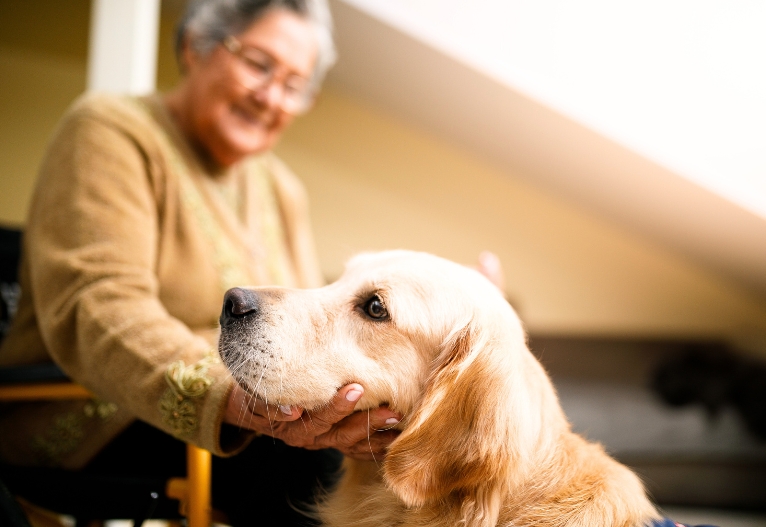


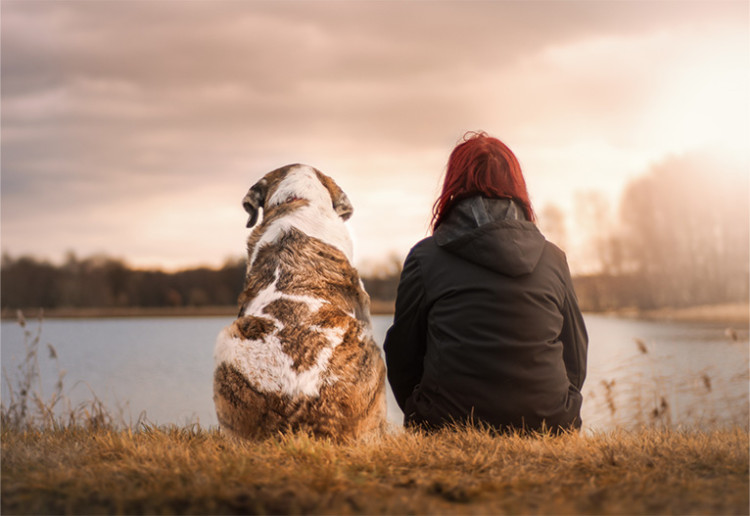
-

-
-
BP517672, NSW
- 13 Sep 2025
👍
0 Likes
-

-
-
BH517113, NSW
- 21 Jul 2025
👍
0 Likes
-

-
-
sars_angelchik, TAS
- 01 Jul 2025
👍
1 Likes
-

-
-
Myfurrloves, NSW
- 28 Jun 2025
👍
1 Likes
-

-
-
BP517427, NSW
- 04 Jun 2025
👍
1 Likes
-

-
-
BH516518, VIC
- 31 May 2025
👍
1 Likes
-

-
-
BH516536, TAS
- 24 May 2025
👍
1 Likes
-

-
-
BH516536, TAS
- 23 May 2025
👍
1 Likes
-

-
-
BH516407, WA
- 22 May 2025
👍
1 Likes
-

-
-
BH516443, QLD
- 22 May 2025
👍
1 Likes
-

-
-
BH516536, TAS
- 22 May 2025
👍
1 Likes
-

-
-
Oreo0504, VIC
- 16 May 2025
👍
1 Likes
-

-
-
SPYDER, QLD
- 16 May 2025
👍
1 Likes
-

-
-
ChiWren, QLD
- 01 May 2025
👍
1 Likes
Post a commentTo post a review/comment please join us or login so we can allocate your points.